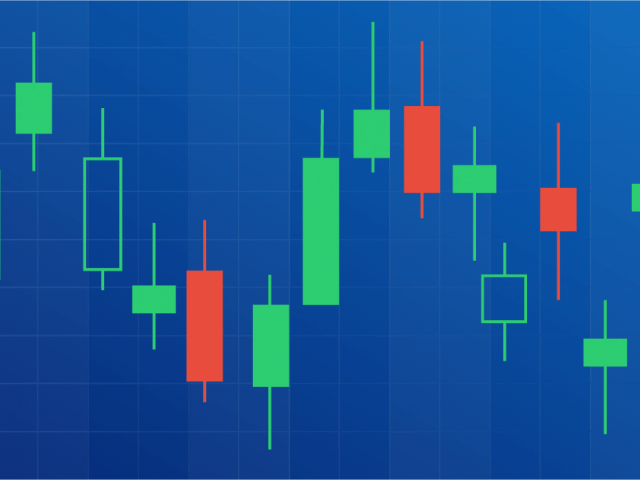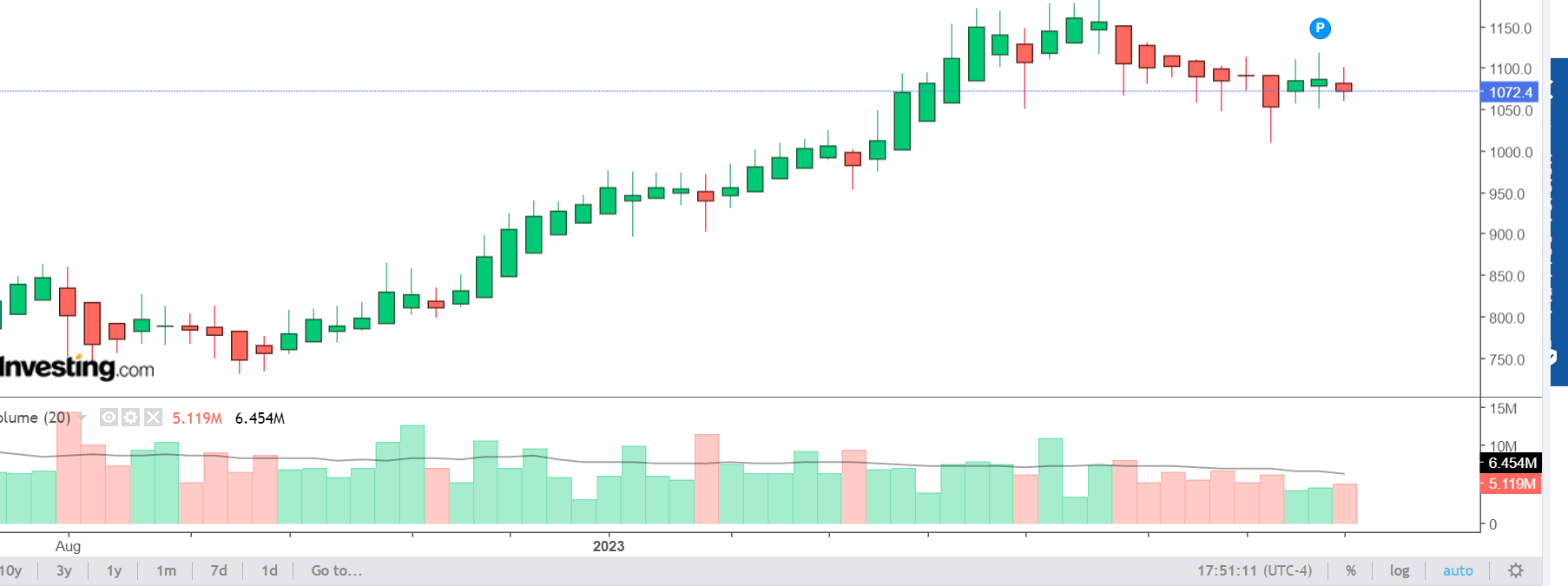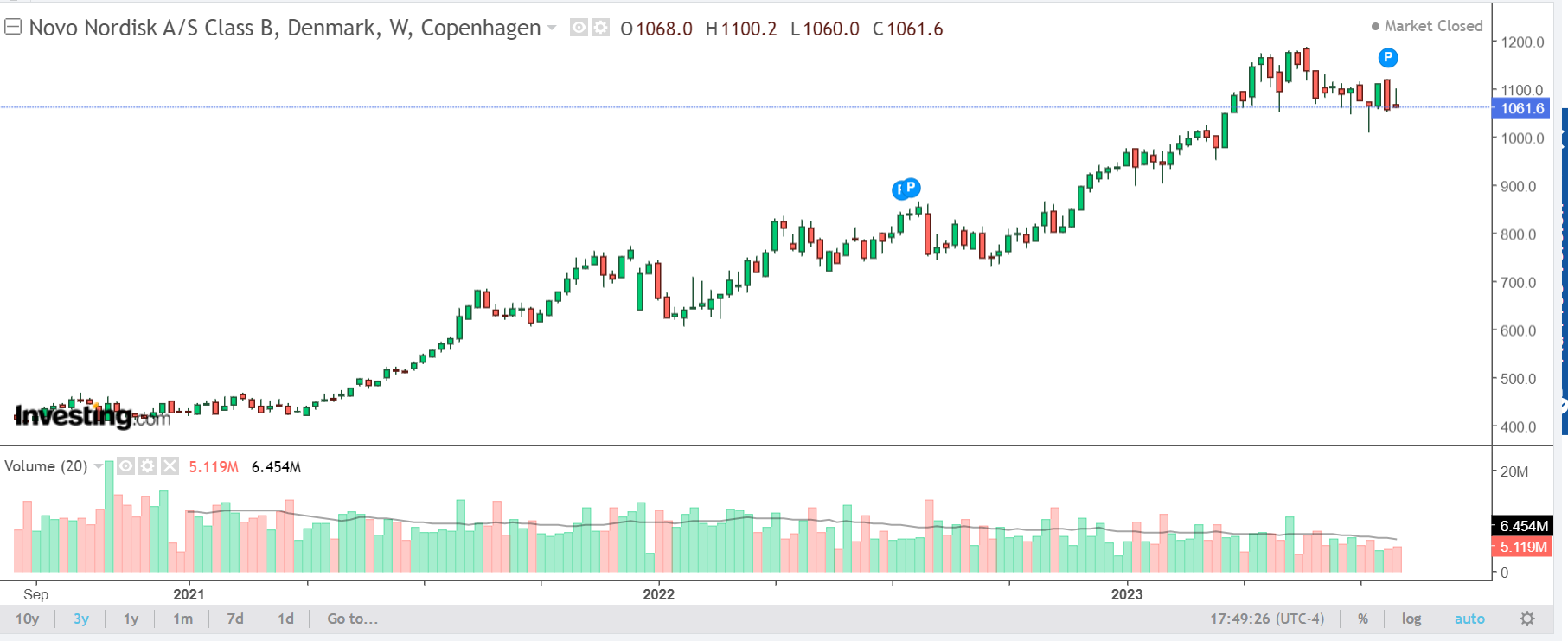Understanding Bollinger Bands in Trading
Bollinger Bands are very popular technical analysis tool used by traders to identify potential price reversals, gauge market volatility, and determine entry and exit points. Developed by John Bollinger in the 1980s, this indicator has become an essential part of many traders’ strategies. In this blog post, we will look into the intricacies of Bollinger Bands, exploring their construction, interpretation, and practical applications in trading in this guide on Pyjamastraders.
I. What are Bollinger Bands?
Bollinger Bands consist of three lines plotted on a price chart: the middle band, an upper band, and a lower band. The middle band is typically a simple moving average (SMA) of the asset’s price over a specified period. The upper and lower bands are calculated by adding and subtracting a multiple of the standard deviation from the middle band.
II. Construction of Bollinger Bands
To construct Bollinger Bands, traders must first choose the period for the moving average and the number of standard deviations to be used. The most common settings are a 20-day SMA with two standard deviations. However, these parameters can be adjusted based on individual preferences and market conditions.
III. Interpretation of Bollinger Bands
Bollinger Bands provide very valuable information about market volatility and potential price reversals. When the price moves towards the upper band, it suggests that the market is overbought, while a move towards the lower band indicates oversold conditions. Traders often look for price action near the bands to identify potential trading opportunities.
IV. Volatility Squeeze and Breakouts
One of the key concepts associated with Bollinger Bands is the volatility squeeze. This occurs when the bands contract, indicating a period of low volatility. Traders anticipate that a breakout will follow the squeeze, leading to a significant price movement. By combining Bollinger Bands with other technical indicators, traders can identify potential breakouts and adjust their trading strategies accordingly.
Remember to try out PyjamasTraders free currency converter
V. Bollinger Bands as Support and Resistance Levels
Bollinger Bands can also act as dynamic support and resistance levels. When the price touches or crosses the upper band, it may encounter resistance, while touching or crossing the lower band may provide support. These levels can be used to set profit targets or stop-loss orders.
VI. Combining Bollinger Bands with Other Indicators
To enhance the effectiveness of Bollinger Bands, traders often combine them with other technical indicators such as oscillators, trend lines, or volume analysis. This allows for a more comprehensive analysis of market conditions and increases the probability of successful trades.
VII. Practical Applications of Bollinger Bands
Bollinger Bands can be applied to various trading strategies, including trend following, mean reversion, and breakout trading. Traders can use them in different timeframes and across multiple asset classes, including stocks, forex, commodities, and cryptocurrencies.
VIII. Limitations and Risks
While Bollinger Bands are a powerful tool, they are not foolproof. Traders should be aware of their limitations and consider other factors such as fundamental analysis and market sentiment. Additionally, false signals can occur during periods of low volatility or choppy markets.
Bollinger Bands are a versatile technical analysis tool that provides valuable insights into market volatility and potential price reversals. By understanding their construction, interpretation, and practical applications, traders can incorporate this indicator into their trading strategies to make more well informed decisions in trading.
Ole Borgesen / Pyjamastraders



